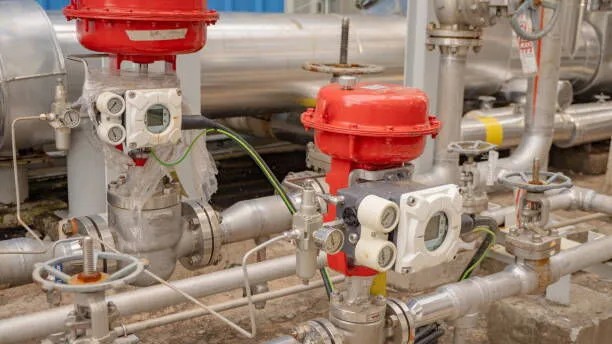Introduction
Control valves are essential for regulating fluid flow and pressure across various industries. At the core of many control valves lies the bonnet, a crucial component that ensures safe, reliable, and efficient valve operation. This article explores the role of the bonnet in control valves, its common types, and best practices for maintenance and troubleshooting to maximize valve longevity and performance.
What is a Bonnet in a China Control Valve?
The bonnet is a pressure-retaining part that covers the valve body’s opening and connects it to the actuator. It acts as a mechanical barrier preventing fluid leakage while supporting critical valve components like the stem and packing. The bonnet must endure high pressures, corrosive media, and extreme temperatures, making its design and material selection vital for valve integrity and system safety.
Beyond sealing, the bonnet may incorporate gaskets, seals, and even heating or cooling jackets to handle specific process conditions. Choosing the right bonnet type to match operating temperature, pressure, and media characteristics is essential for reliable valve performance.
Common Types of Control Valve Bonnets
- Standard Bonnet
- Temperature Range: -20°C to +230°C
- Use: General-purpose applications with moderate temperatures and pressures
- Applications: Water treatment, heating systems, general fluid control
- Extension Bonnet
- Temperature Range: -60°C to +450°C
- Use: Protects valve packing from extreme temperatures by distancing actuator and packing from the media
- Applications: Chemical processing, oil & gas, cryogenics
- Bellows Bonnet
- Use: Provides a leak-tight seal for handling toxic, volatile, radioactive, or expensive fluids using a bellows seal
- Applications: Chemical manufacturing, pharmaceuticals, nuclear power
- Jacket Bonnet
- Use: Maintains temperature of viscous or solidifying fluids via heating/cooling jacket
- Applications: Food processing, petrochemicals, manufacturing
- Pressure Seal Bonnet
- Use: Utilizes system pressure to enhance sealing in high-pressure environments
- Applications: Steam boilers, power plants, high-pressure fluid systems
Benefits of Proper Bonnet Selection
- Leak Prevention: Ensures containment of hazardous or valuable fluids, protecting personnel and environment.
- Protection Against Harsh Conditions: Shields valve internals from extreme temperatures, corrosive substances, and high pressures.
- Extended Service Life: Reduces maintenance frequency and downtime by matching bonnet type to operating conditions.
- Enhanced Safety: Minimizes risks of leakage and valve failure, promoting safe operation.
Maintenance and Troubleshooting Tips
- Regular Inspection: Check for corrosion, cracks, and general wear, especially in harsh environments.
- Leak Detection: Inspect gaskets and seals; reseat or replace if leakage occurs.
- Bolt Tightening: Ensure bolts/studs on bolted bonnets are tightened systematically to maintain an even seal.
- Corrosion Protection: Use corrosion-resistant materials or coatings where appropriate; inspect frequently.
- Weld Integrity Checks: For welded bonnets, employ ultrasonic or radiographic testing to detect weld flaws.
- Proper Assembly: Verify alignment in pressure seal bonnets to avoid operational failures under pressure.
- Monitor Operating Conditions: Regularly ensure that temperature and pressure remain within bonnet design limits.
Conclusion
The bonnet is a vital component of control valves, providing structural integrity, sealing, and protection under demanding conditions. Understanding the different bonnet types and their applications enables industries to select the most suitable option, improving valve reliability and lifespan. Consistent maintenance and prompt troubleshooting further enhance performance and safety, preventing costly failures in critical systems.
In high-pressure or hazardous fluid systems, a well-chosen and well-maintained bonnet is key to uninterrupted, safe operations. Know more about Google SEO Directory





Comments